Add to Wishlist
Harlan Ellison et al “Nebula Winners Thirteen” Vintage 1981 paperback anthology First edition
$18.00
This is a “very good plus” or better vintage 1981 paperback with a solid binding, no writing, no loose, torn or folded pages. Text block is tight, closes flat, text block shows tanning. A light reading crease on front cover along spine, otherwise amazingly preserved – You don’t come across vintage paperbacks this nice very often!
See accompanying images for full condition details.
See picture of back cover for contents.
Will ship promptly, carefully packaged to arrive safely to you!
1 in stock
Ships in 1 to 3 business days, carefully packaged, every shipment with tracking.
SKU:
nwt-1st-81
Categories:
Science Fiction Paperbacks, Vintage Science Fiction
Additional information
| Weight | 16 oz |
|---|---|
| Dimensions | 6.5 × 4 × 1 in |
Be the first to review “Harlan Ellison et al “Nebula Winners Thirteen” Vintage 1981 paperback anthology First edition” Cancel reply
Related products
Vintage Analog Science Fiction Magazine – November 1965 – Kelly Freas Cover
$8.00
This is really nice 60 year old pulp magazine, complete.
No reading creases, not dog eared, no writing or tears or labels. Some discoloration to white border front cover. Back cover upper corner at spine is chipped; closes tightly, staples/binding not stressed. Stories from H. Beam Piper and John Brunner See second image for complete table of contents. Kelly Freas cover art, more Freas and John Schoenherr artwork inside. Will ship promptly, carefully packaged.
No reading creases, not dog eared, no writing or tears or labels. Some discoloration to white border front cover. Back cover upper corner at spine is chipped; closes tightly, staples/binding not stressed. Stories from H. Beam Piper and John Brunner See second image for complete table of contents. Kelly Freas cover art, more Freas and John Schoenherr artwork inside. Will ship promptly, carefully packaged.
Vintage Analog Science Fiction Magazine – November 1965 – Kelly Freas Cover
$8.00
This is really nice 60 year old pulp magazine, complete.
No reading creases, not dog eared, no writing or tears or labels. Some discoloration to white border front cover. Back cover upper corner at spine is chipped; closes tightly, staples/binding not stressed. Stories from H. Beam Piper and John Brunner See second image for complete table of contents. Kelly Freas cover art, more Freas and John Schoenherr artwork inside. Will ship promptly, carefully packaged.
No reading creases, not dog eared, no writing or tears or labels. Some discoloration to white border front cover. Back cover upper corner at spine is chipped; closes tightly, staples/binding not stressed. Stories from H. Beam Piper and John Brunner See second image for complete table of contents. Kelly Freas cover art, more Freas and John Schoenherr artwork inside. Will ship promptly, carefully packaged.
Michael Crichton “Congo” Vintage first edition hardcover novel 1980 Dustjacket
$98.00
This is a "very good" vintage hardcover in two-color wraps - black paper boards over maroon cloth spine, published in 1980 by Knopf. First edition, as stated on the copyright page.
Tight vintage hardcover with crisp, solid binding. No loose, torn or folded pages, no writing. Board corners are crisp, not bumped. Spine head and heal lightly bumped, with upper edges showing some sunning to the cloth, the black board wraps remains uniform. Small scuff to the front paste down. Text block edges are relatively uniform, lower spine edge showing a faint tidemark, upper edge mildly dusted from shelf life. Golden lettering on spine is somewhat rubbed. Matching vintage dust wrapper is complete, not clipped, showing original price inside front flap. Has some small edge chips here and there, most notable at spine edges. Spine is somewhat sunned, red lettering faded; lower edge shows very faint tide mark. Now protected in a removable archival sleeve. See the accompanying images for table of contents & full condition details. Will ship promptly, carefully packaged, with tracking.
Tight vintage hardcover with crisp, solid binding. No loose, torn or folded pages, no writing. Board corners are crisp, not bumped. Spine head and heal lightly bumped, with upper edges showing some sunning to the cloth, the black board wraps remains uniform. Small scuff to the front paste down. Text block edges are relatively uniform, lower spine edge showing a faint tidemark, upper edge mildly dusted from shelf life. Golden lettering on spine is somewhat rubbed. Matching vintage dust wrapper is complete, not clipped, showing original price inside front flap. Has some small edge chips here and there, most notable at spine edges. Spine is somewhat sunned, red lettering faded; lower edge shows very faint tide mark. Now protected in a removable archival sleeve. See the accompanying images for table of contents & full condition details. Will ship promptly, carefully packaged, with tracking.
Michael Crichton “Congo” Vintage first edition hardcover novel 1980 Dustjacket
$98.00
This is a "very good" vintage hardcover in two-color wraps - black paper boards over maroon cloth spine, published in 1980 by Knopf. First edition, as stated on the copyright page.
Tight vintage hardcover with crisp, solid binding. No loose, torn or folded pages, no writing. Board corners are crisp, not bumped. Spine head and heal lightly bumped, with upper edges showing some sunning to the cloth, the black board wraps remains uniform. Small scuff to the front paste down. Text block edges are relatively uniform, lower spine edge showing a faint tidemark, upper edge mildly dusted from shelf life. Golden lettering on spine is somewhat rubbed. Matching vintage dust wrapper is complete, not clipped, showing original price inside front flap. Has some small edge chips here and there, most notable at spine edges. Spine is somewhat sunned, red lettering faded; lower edge shows very faint tide mark. Now protected in a removable archival sleeve. See the accompanying images for table of contents & full condition details. Will ship promptly, carefully packaged, with tracking.
Tight vintage hardcover with crisp, solid binding. No loose, torn or folded pages, no writing. Board corners are crisp, not bumped. Spine head and heal lightly bumped, with upper edges showing some sunning to the cloth, the black board wraps remains uniform. Small scuff to the front paste down. Text block edges are relatively uniform, lower spine edge showing a faint tidemark, upper edge mildly dusted from shelf life. Golden lettering on spine is somewhat rubbed. Matching vintage dust wrapper is complete, not clipped, showing original price inside front flap. Has some small edge chips here and there, most notable at spine edges. Spine is somewhat sunned, red lettering faded; lower edge shows very faint tide mark. Now protected in a removable archival sleeve. See the accompanying images for table of contents & full condition details. Will ship promptly, carefully packaged, with tracking.
First Edition Empire Strikes Back Hardcover: 1980 Star Wars Book Club
$88.00
This is a "very good" book club edition of "The Empire Strikes Back" published by Del Rey and the Science Fiction Book Club in July of 1980 to coincide with the release of the sequel to the greatest science fiction film of all time.
This book club hardcover is indeed the "first edition" of this title, being the first time it was published in hardcover format. It has the required "K29" gutter code on page 182, indicating the July '80 printing. The book has a solid binding, with no loose, torn or folded pages. No writing or marks or tags. There is a dent in the top edge of the front board. The board corners are sharp, not bumped, front and back. The original dust jacket shows some mild edge wear and chipping, some light rubbing at corners, but not significant faults. Really fun piece of Star Wars history in above-average condition! Getting more scarce in quality condition with each year... See the accompanying images for full condition details. Will ship promptly, carefully packaged, with tracking. n as a vital chronicler of both the medium’s history and its contemporary practice.
This book club hardcover is indeed the "first edition" of this title, being the first time it was published in hardcover format. It has the required "K29" gutter code on page 182, indicating the July '80 printing. The book has a solid binding, with no loose, torn or folded pages. No writing or marks or tags. There is a dent in the top edge of the front board. The board corners are sharp, not bumped, front and back. The original dust jacket shows some mild edge wear and chipping, some light rubbing at corners, but not significant faults. Really fun piece of Star Wars history in above-average condition! Getting more scarce in quality condition with each year... See the accompanying images for full condition details. Will ship promptly, carefully packaged, with tracking. n as a vital chronicler of both the medium’s history and its contemporary practice.
First Edition Empire Strikes Back Hardcover: 1980 Star Wars Book Club
$88.00
This is a "very good" book club edition of "The Empire Strikes Back" published by Del Rey and the Science Fiction Book Club in July of 1980 to coincide with the release of the sequel to the greatest science fiction film of all time.
This book club hardcover is indeed the "first edition" of this title, being the first time it was published in hardcover format. It has the required "K29" gutter code on page 182, indicating the July '80 printing. The book has a solid binding, with no loose, torn or folded pages. No writing or marks or tags. There is a dent in the top edge of the front board. The board corners are sharp, not bumped, front and back. The original dust jacket shows some mild edge wear and chipping, some light rubbing at corners, but not significant faults. Really fun piece of Star Wars history in above-average condition! Getting more scarce in quality condition with each year... See the accompanying images for full condition details. Will ship promptly, carefully packaged, with tracking. n as a vital chronicler of both the medium’s history and its contemporary practice.
This book club hardcover is indeed the "first edition" of this title, being the first time it was published in hardcover format. It has the required "K29" gutter code on page 182, indicating the July '80 printing. The book has a solid binding, with no loose, torn or folded pages. No writing or marks or tags. There is a dent in the top edge of the front board. The board corners are sharp, not bumped, front and back. The original dust jacket shows some mild edge wear and chipping, some light rubbing at corners, but not significant faults. Really fun piece of Star Wars history in above-average condition! Getting more scarce in quality condition with each year... See the accompanying images for full condition details. Will ship promptly, carefully packaged, with tracking. n as a vital chronicler of both the medium’s history and its contemporary practice.
Analog Science Fact Fiction Magazine October 1964 Frank Herbert Short Story
$13.00
This is a "good plus" vintage magazine published in 1964, 96 pages.
Binding is tight, not coming apart, no loose, torn or folded pages, no writing or marks. Some edge wear on covers, light creasing. Cover art by Robert Swanson. See images for full condition details and table of contents. Will ship promptly, carefully packaged.
Binding is tight, not coming apart, no loose, torn or folded pages, no writing or marks. Some edge wear on covers, light creasing. Cover art by Robert Swanson. See images for full condition details and table of contents. Will ship promptly, carefully packaged.
Analog Science Fact Fiction Magazine October 1964 Frank Herbert Short Story
$13.00
This is a "good plus" vintage magazine published in 1964, 96 pages.
Binding is tight, not coming apart, no loose, torn or folded pages, no writing or marks. Some edge wear on covers, light creasing. Cover art by Robert Swanson. See images for full condition details and table of contents. Will ship promptly, carefully packaged.
Binding is tight, not coming apart, no loose, torn or folded pages, no writing or marks. Some edge wear on covers, light creasing. Cover art by Robert Swanson. See images for full condition details and table of contents. Will ship promptly, carefully packaged.




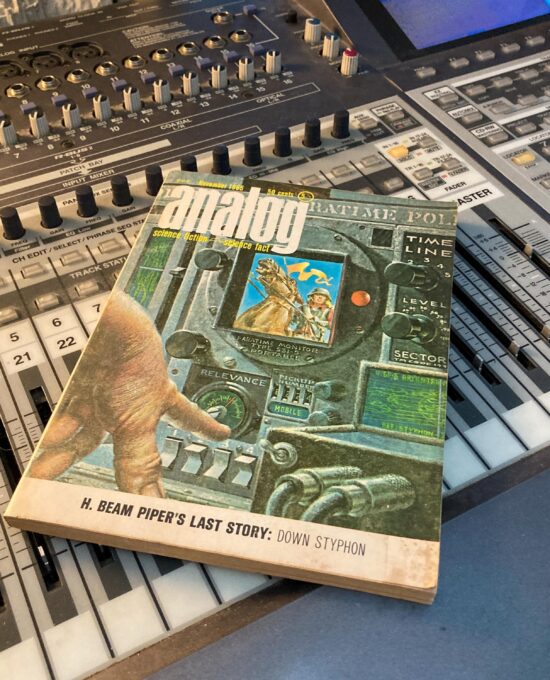
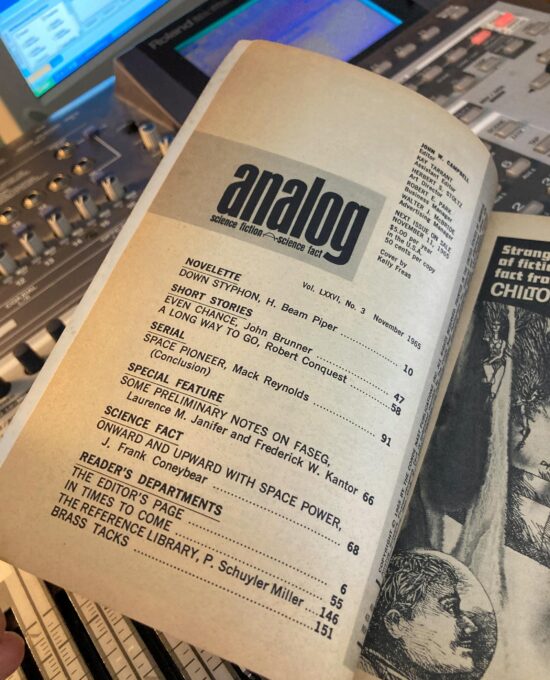
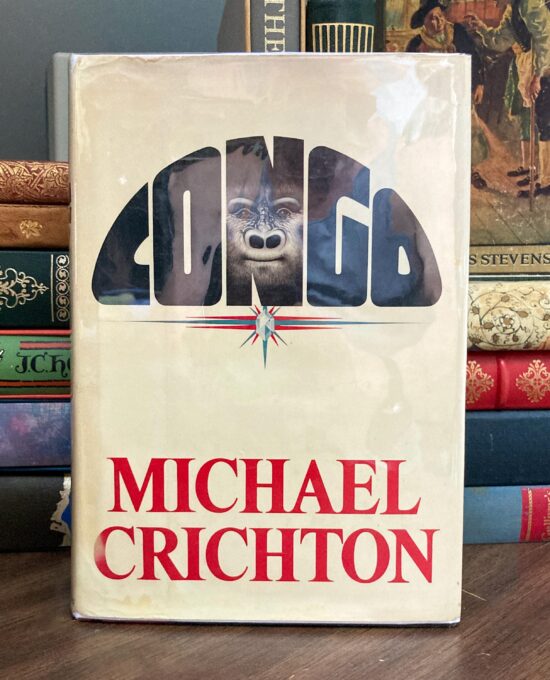
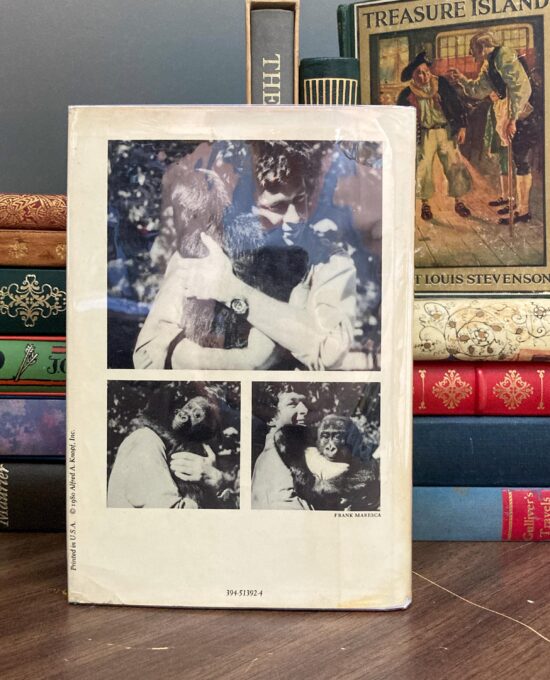
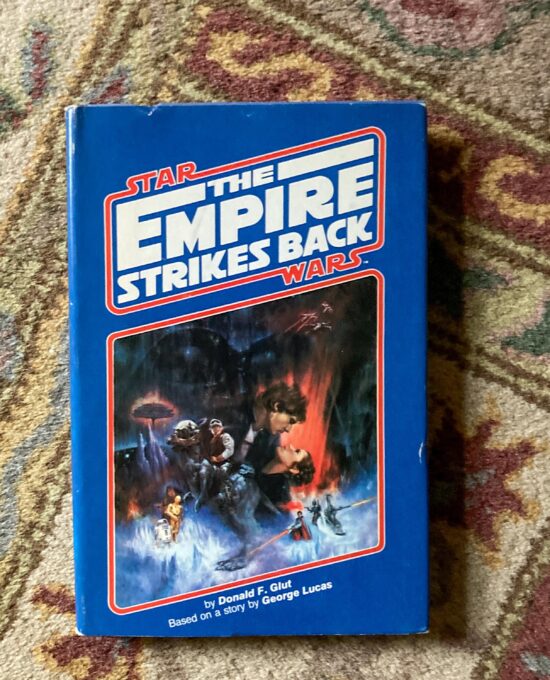
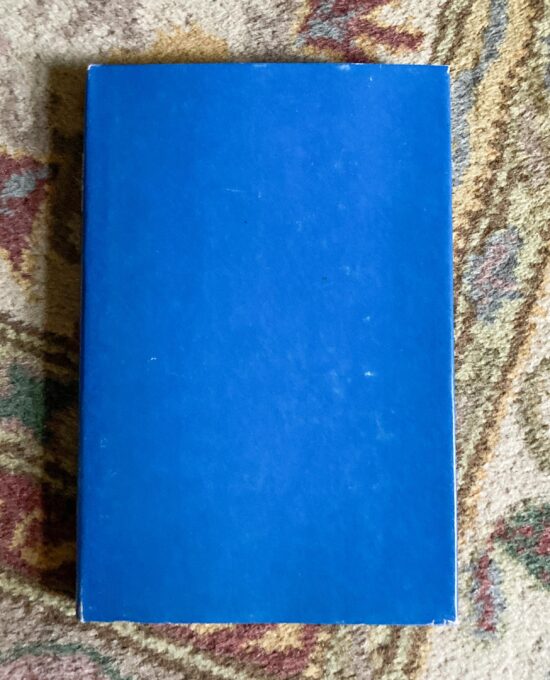
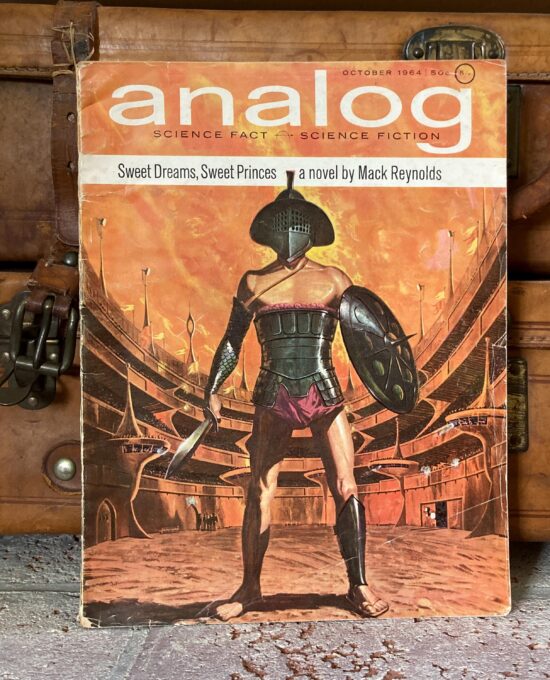

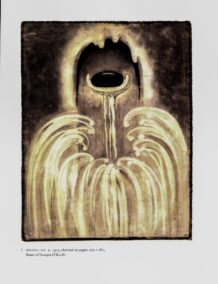


Reviews
There are no reviews yet.